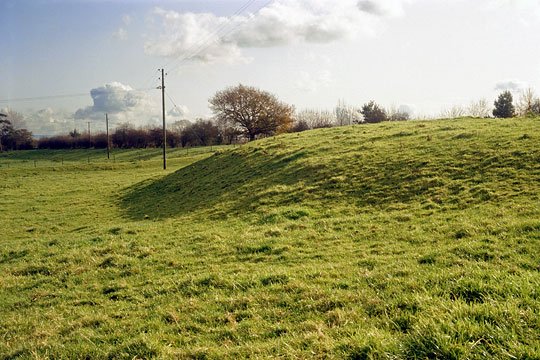Marden Henge, 5½ miles southeast of Devizes, is the third of Wiltshire’s major prehistoric sites, along with Stonehenge and Avebury, though less well-known than either. It is the site of Hatfield Barrow, a Bronze Age burial chamber. In July 2015, archaeologists from the University of Reading found a 4000-year-old skeleton believed to be that of a teenager, buried with an amber necklace at nearby Wilsford Henge.
Marden Henge covered some 26 acres, making it larger than Stonehenge or Avebury. Unfortunately, little of it now survives. It merits only the briefest mention in the book Prehistoric Sacred Sites of Wessex by Kent Goodman (Wessex Books, 1997), whose gazetteer simply describes it as “A large henge, now barely visible”. However, anyone wishing to visit it once lockdown ends should use satnav postcode SN10 3RQ, or Salisbury Reds service 101 or 210 from Devizes.





